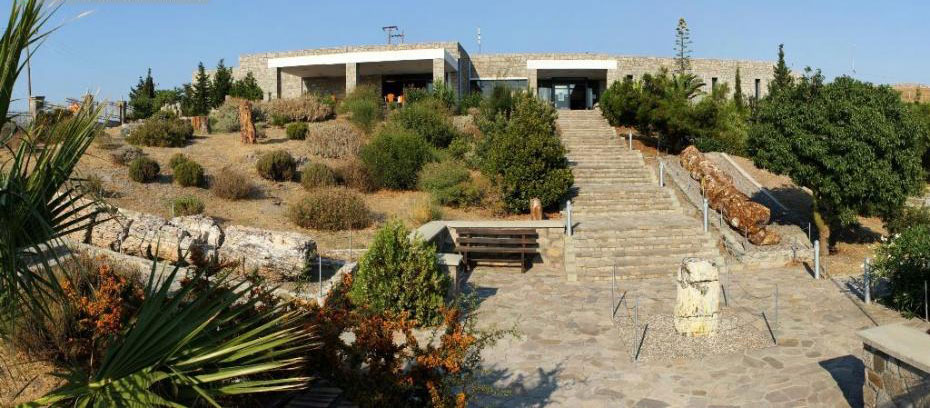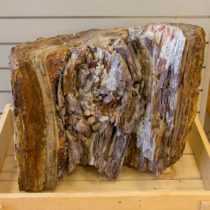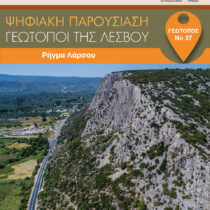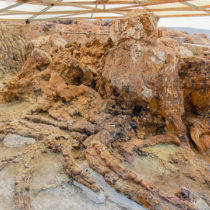A big lake with still waters appears in the rich subtropical forest, surrounded by palm trees, cypress trees of the swamps, poplars and numerous shrubs, ferns and reeds. Among the dense trees live large dinodoria, which eat the tender leaves by cutting them off with their short proboscis.
On the ground, moles hide in burrows they dig to avoid predators. A few hours before sunset, various species of small and large hamster roam the forest floor in search of berries and fruit. Tiny shrews run ceaselessly on the ground, searching under leaves for insects and worms. Small marmots run around at top speed, hanging upside down from the branches of trees.
And during the nights, the sky is filled with various kinds of bats which, in the mornings, hid in the caves around the lake or curl upside down from the branches of trees.
Nothing in the tranquil subtropical forest hints at the catastrophe that is to come, when the large volcano near the lake erupts, covering the trees, its creatures and the entire region with the exploding matter!
Those present were transported to this idyllic environment during the lecture entitled “Life round the tropical lake of Gavathas”, presented, on the premises of the Natural History Museum of the Lesvos Petrified Forest in Sigri, by Dr Katerina Vasileiadou, the Museum’s Geologist-Paleontologist.
It was the first time the Museum presented paleontological evidence that came to light through research that has been conducted in the Gavathas and Lapsarna region over the last 10 years and was recently published in a prestigious scientific journal, providing data on the ecosystem round the tropical lake that existed In the Gavathas region 19 million years ago.
After the lecture, those present had the opportunity to observe animal fossils from the Gavathas region, using special stereoscopic microscopes.





